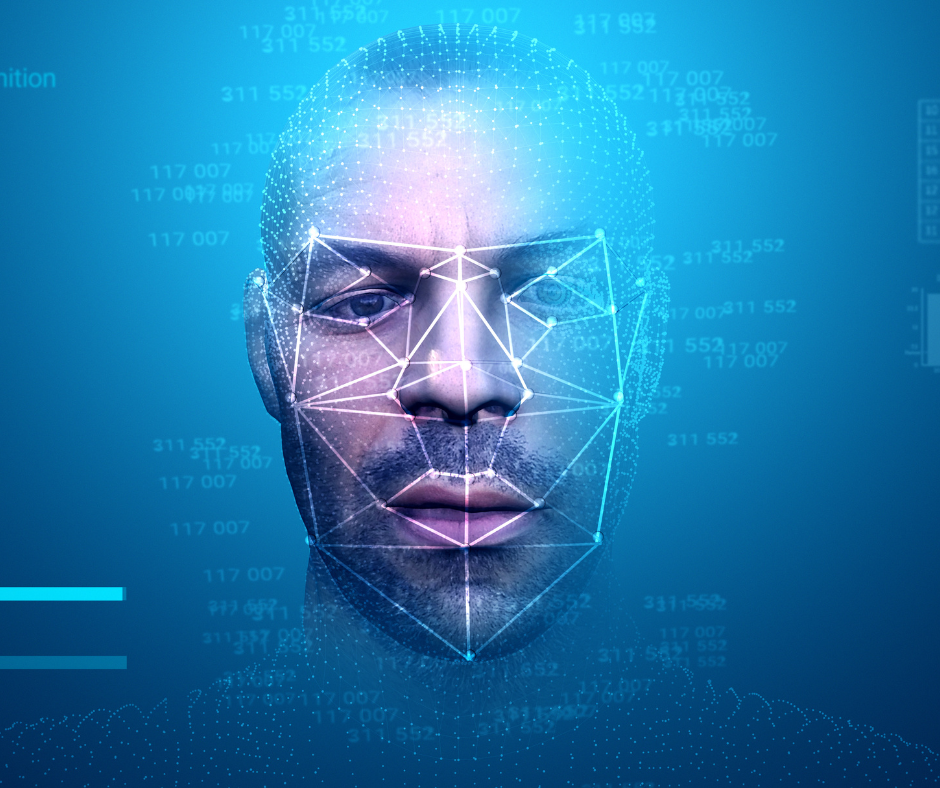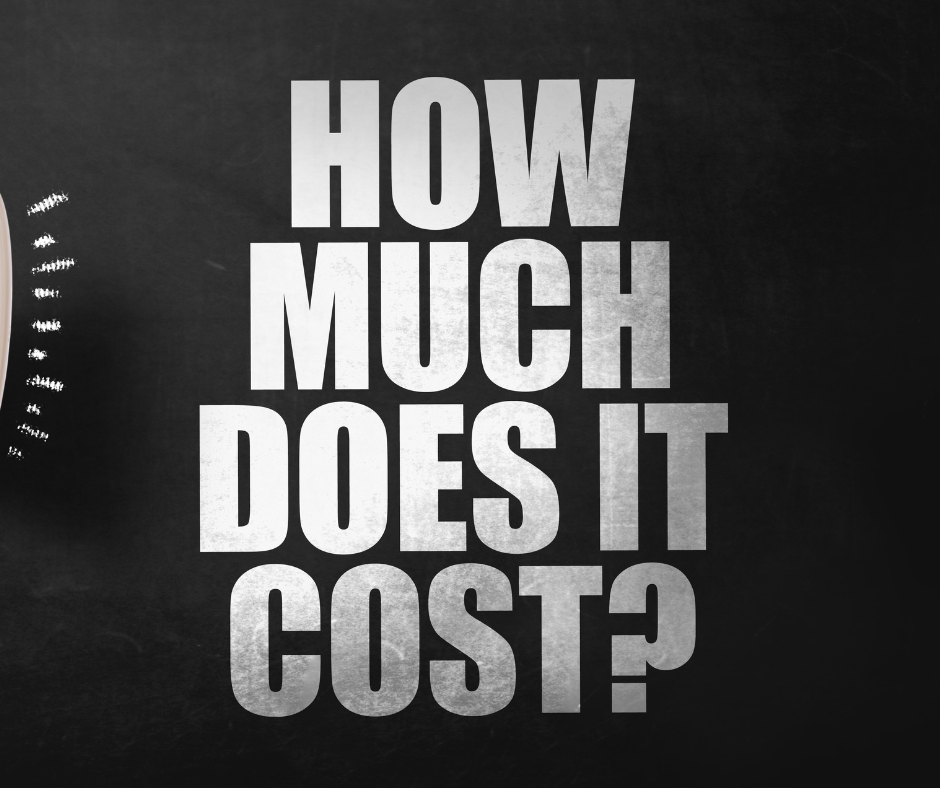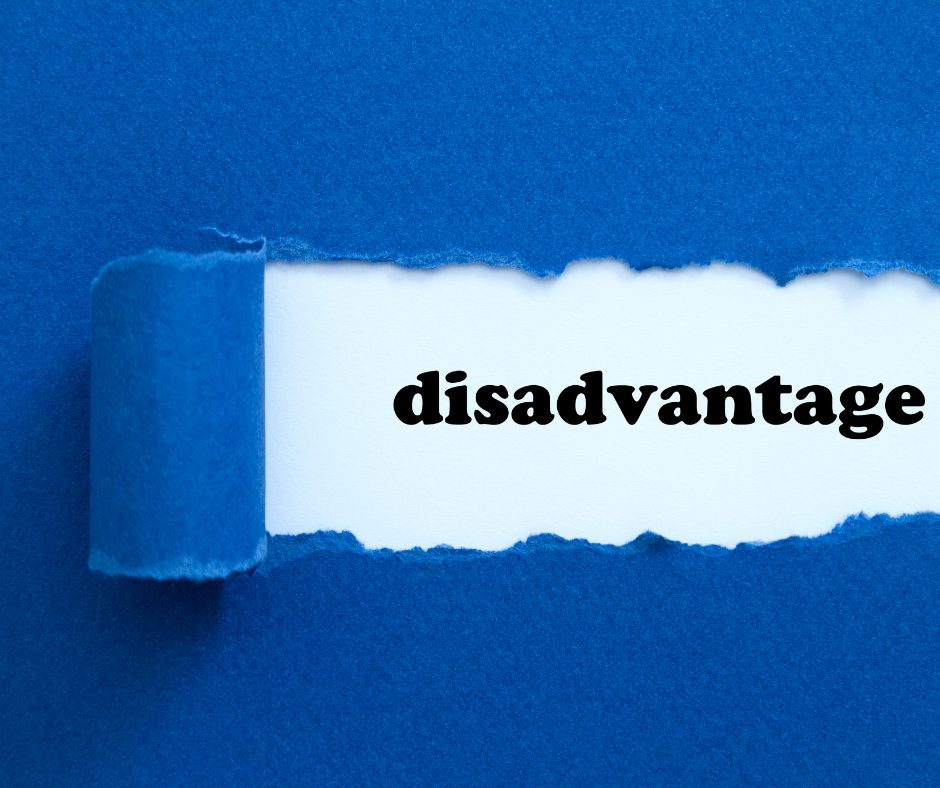Introduction
Facial recognition technology (FRT) has rapidly become a major force in security, surveillance, and commercial applications. From unlocking smartphones to tracking criminals, it has transformed how we interact with technology and society. However, its rise has sparked intense debates over privacy, ethics, and legality.
While governments and businesses see FRT as a game-changer for security and efficiency, critics warn of mass surveillance, privacy invasion, and algorithmic bias. The challenge lies in striking a balance between security and civil liberties.
This article explores the legal and ethical implications of facial recognition technology, the risks it poses, and the global response to its widespread use.
Understanding Facial Recognition Technology
Facial recognition works by analyzing facial features, mapping them into a unique template, and comparing them against a database of known faces. This technology is used for:
- Security and Law Enforcement – Identifying criminals, missing persons, and suspects.
- Retail and Marketing – Personalizing customer experiences and tracking consumer behavior.
- Access Control – Unlocking devices, verifying identities, and granting access to secure locations.
- Public Safety – Monitoring large crowds, detecting threats, and enhancing border security.
While these applications have clear benefits, they also raise serious legal and ethical concerns.
Legal Implications of Facial Recognition Technology
1. Privacy Laws and Data Protection
One of the biggest legal concerns surrounding facial recognition is privacy. Many countries have strict data protection laws, such as:
- GDPR (General Data Protection Regulation) – Europe: Requires organizations to obtain explicit consent before collecting biometric data.
- CCPA (California Consumer Privacy Act) – U.S.: Grants citizens control over their personal data and limits FRT use.
- China’s Cybersecurity Law: Allows extensive use of facial recognition but mandates government oversight.
The challenge is that many countries lack clear regulations, leaving room for misuse by corporations and governments.
2. Consent and Transparency
Many facial recognition systems operate without user consent. For example:
- Public surveillance cameras use facial recognition without notifying individuals.
- Retail stores track customers’ movements without their knowledge.
- Airports scan faces for security purposes without explicit consent.
Legally, the lack of transparency raises concerns about whether people are being unknowingly monitored. Companies must clearly inform users about how their facial data is collected, stored, and used.
3. Bias, Discrimination, and False Positives
Studies have shown that facial recognition algorithms can be biased, especially against minorities, women, and older individuals.
For example:
- A 2019 study by MIT found that some facial recognition systems misidentified Black and Asian individuals 10 to 100 times more than white individuals.
- Law enforcement agencies using biased algorithms have mistakenly arrested innocent people, leading to racial profiling concerns.
Legal frameworks need to address these biases to prevent wrongful arrests and discrimination.
4. Government Surveillance and Human Rights Violations
Many governments use facial recognition for mass surveillance, raising serious human rights concerns:
- China: Uses FRT to monitor citizens, control social behavior, and track ethnic minorities.
- Russia: Deploys FRT to identify protestors and suppress political dissent.
- United States: Law enforcement agencies have faced lawsuits for using facial recognition without warrants.
Legal experts warn that unchecked surveillance threatens democracy, free speech, and human rights.
Ethical Implications of Facial Recognition Technology
1. The Right to Privacy
Facial recognition challenges the fundamental right to privacy. People may no longer have control over how their personal data is used.
- Is it ethical for companies to track your face without permission?
- Should governments have unlimited access to your identity in public spaces?
- What happens if hackers steal facial recognition data?
These questions highlight the ethical dilemmas surrounding the technology.
2. Informed Consent and Individual Autonomy
Ethically, people should have the right to opt-in or opt-out of facial recognition. However, most systems operate without user consent, undermining personal autonomy.
For example:
- Airports scan faces by default, forcing travelers to participate.
- Some companies use employee facial recognition without offering an alternative.
If individuals don’t have a choice, is facial recognition ethical?
3. Misuse by Authoritarian Regimes
Facial recognition is a powerful tool, but in the wrong hands, it can lead to:
- Political suppression – Governments tracking and punishing dissenters.
- Mass surveillance – Citizens being watched 24/7.
- Unlawful arrests – Innocent people targeted based on flawed algorithms.
A global ethical framework is needed to prevent abuse and protect civil liberties.
4. The Future of Employment and Social Impact
FRT may also impact employment and society:
- Automated facial recognition could replace security guards, cashiers, and identity verification jobs.
- Businesses using AI-powered recognition systems may reduce human interaction, increasing alienation.
While efficiency improves, the loss of jobs and social consequences must be ethically addressed.
How Can We Regulate Facial Recognition Technology?
Given its potential for misuse, governments and organizations must adopt strong legal and ethical frameworks. Some solutions include:
1. Clear Legislation and Stronger Privacy Laws
Governments should introduce strict data protection laws that:
✅ Require explicit consent before facial data is collected.
✅ Limit how long facial recognition data is stored.
✅ Ban real-time public surveillance without a warrant.
2. Algorithm Transparency and Bias Reduction
Companies must:
✅ Audit AI systems to reduce bias.
✅ Publish reports on accuracy rates and error margins.
✅ Involve ethics committees in system development.
3. Citizen Control and Opt-Out Mechanisms
People should have the right to opt out of facial recognition and control how their data is used.
✅ Users should be able to delete their facial data from databases.
✅ Governments should implement facial recognition bans in sensitive areas (e.g., schools, workplaces).
4. International Regulations and Ethical AI Development
A global regulatory framework is needed to:
✅ Prevent authoritarian misuse.
✅ Ensure facial data is securely stored and encrypted.
✅ Hold companies accountable for data breaches and unethical use.
conclusion: The Need for Responsible Innovation
Facial recognition is here to stay, but its legal and ethical risks cannot be ignored. While the technology offers incredible benefits, strong regulations, transparency, and ethical considerations are essential to ensure it is used responsibly.
The future of facial recognition depends on how businesses, governments, and society balance innovation with human rights. If used ethically, FRT can enhance security and convenience—but without proper regulation, it can threaten our most fundamental freedoms.






